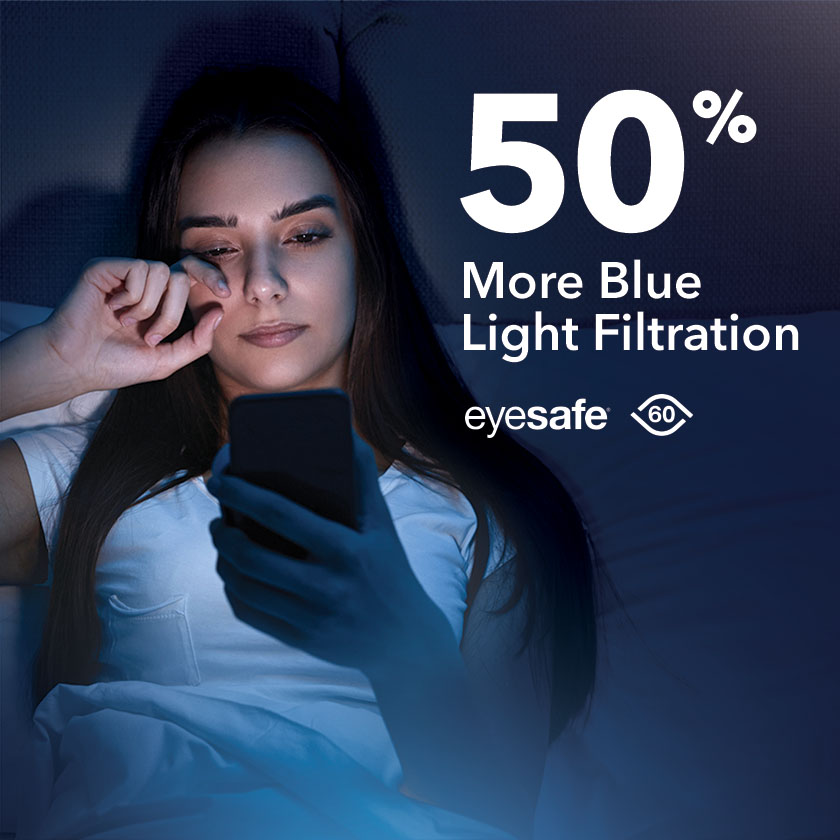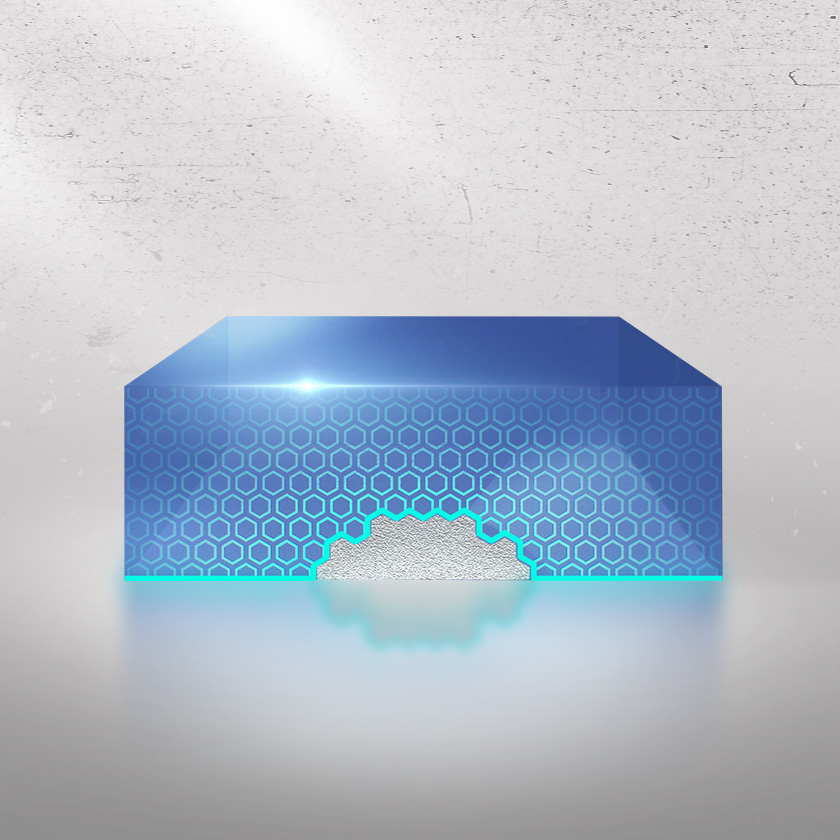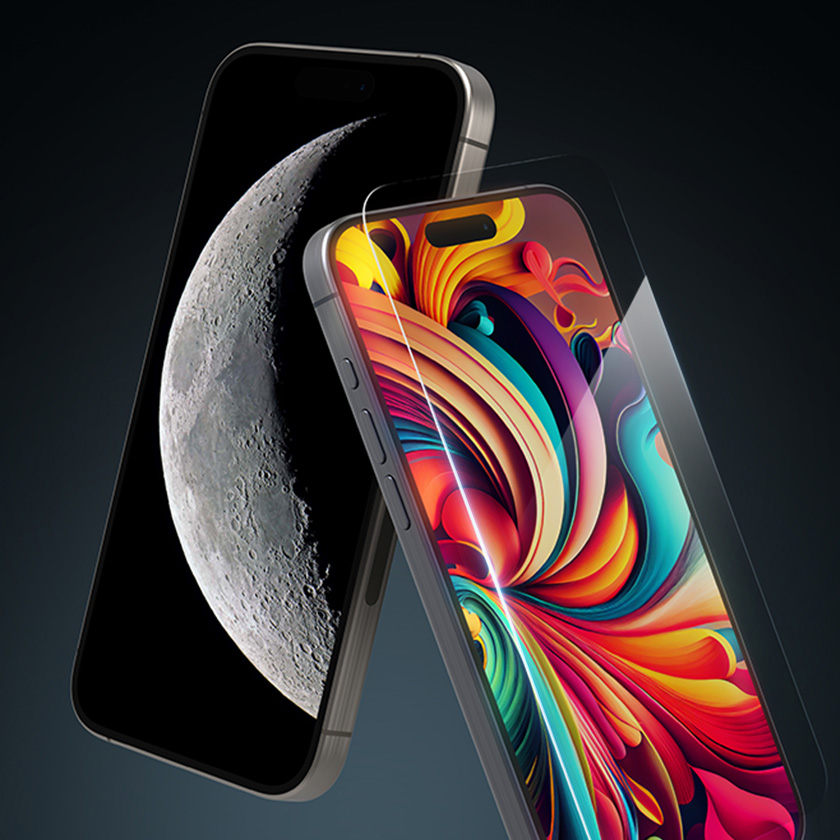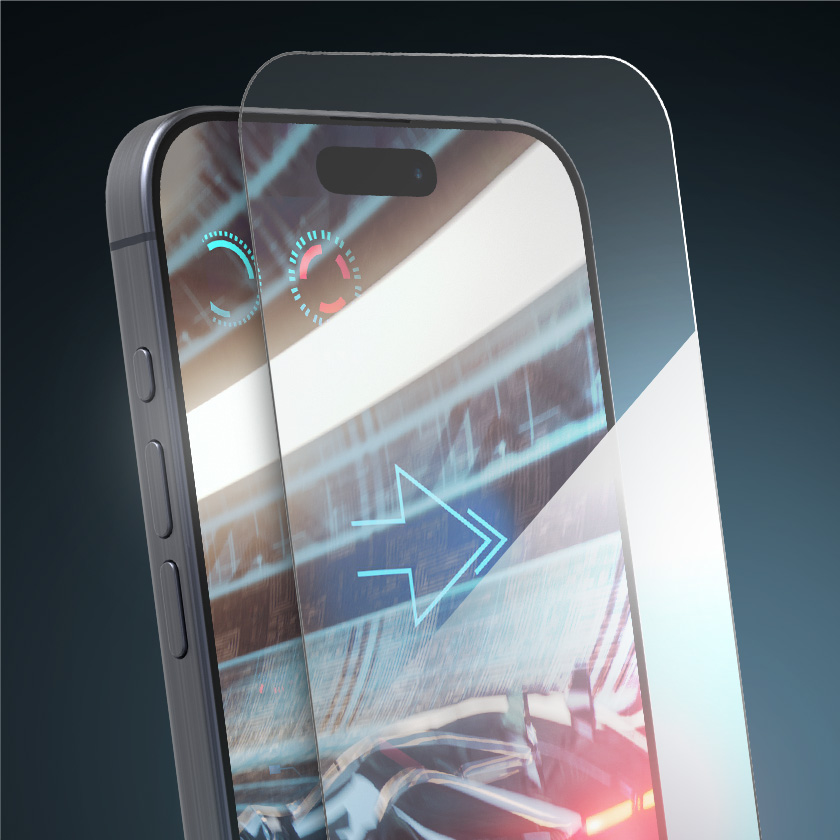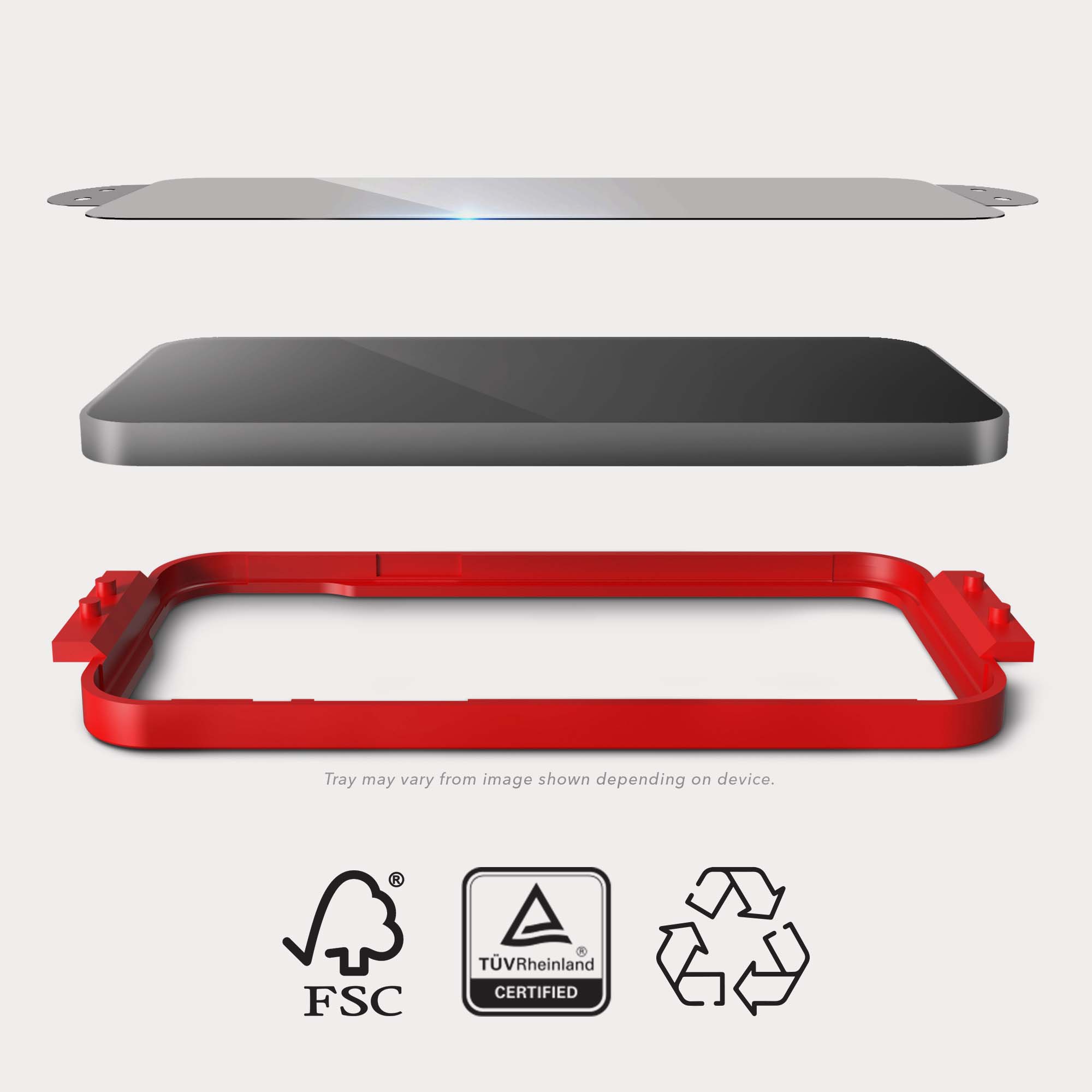1. Tests conducted by a 3rd party independent lab; tested up to 10X stronger than traditional glass screen protection.
2. Chang AM, et al. Evening use of light-emitting eReaders negatively affects sleep, circadian timing, and next-morning alertness. Proceedings of the National Academy of Sciences of the United States (PNAS). January 2015. 112(4): 1232-1237

